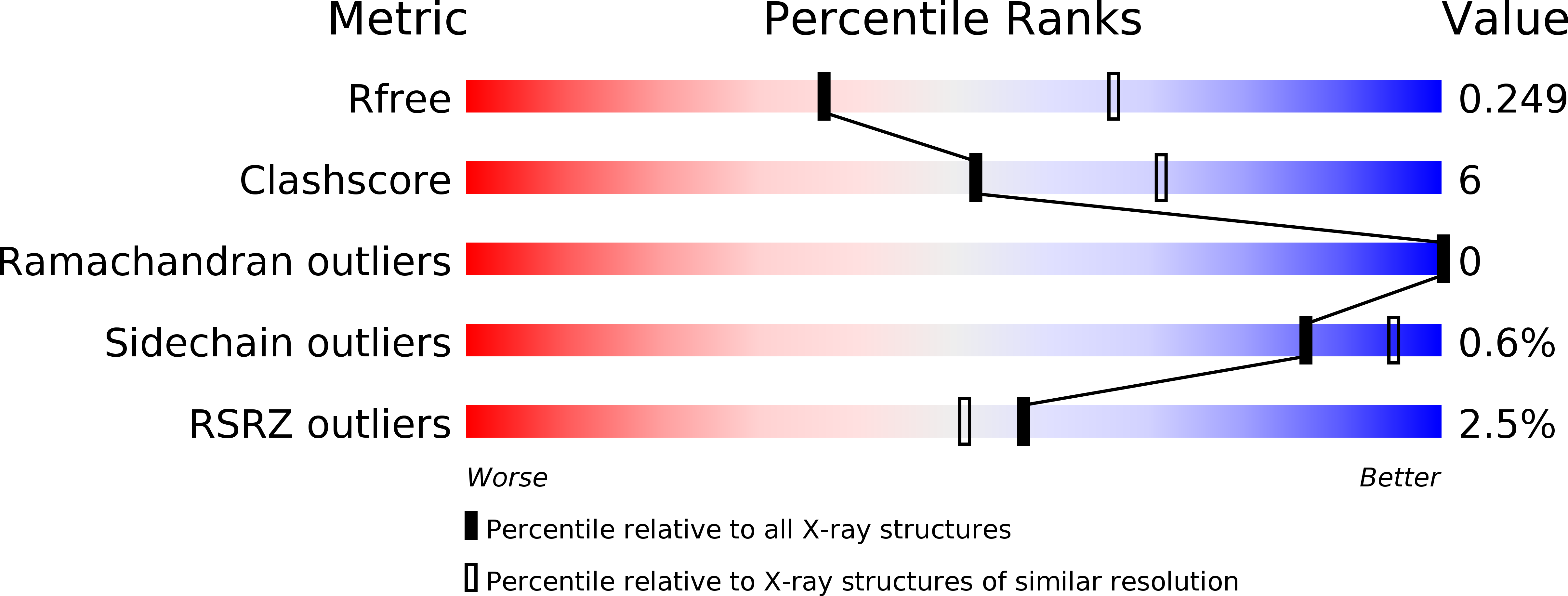
Deposition Date
2016-11-17
Release Date
2017-06-28
Last Version Date
2024-03-20
Entry Detail
PDB ID:
5H76
Keywords:
Title:
Crystal structure of the DARPin-Protein A fusion protein
Biological Source:
Source Organism:
synthetic construct (Taxon ID: 32630)
Staphylococcus aureus (Taxon ID: 1280)
Staphylococcus aureus (Taxon ID: 1280)
Host Organism:
Method Details:
Experimental Method:
Resolution:
2.60 Å
R-Value Free:
0.24
R-Value Work:
0.21
R-Value Observed:
0.21
Space Group:
P 1 21 1


